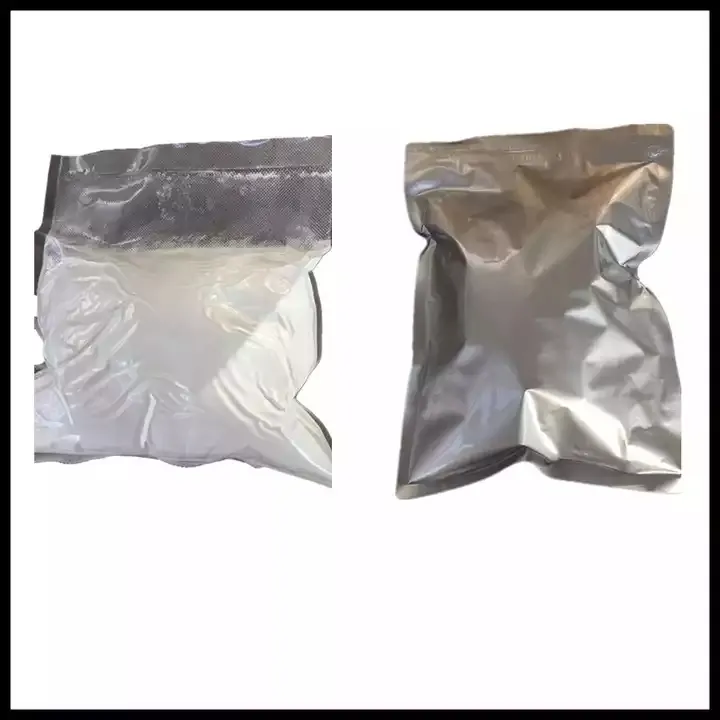Warning: Undefined array key "title" in /home/www/wwwroot/HTML/www.exportstart.com/wp-content/themes/1198/header.php on line 6
Warning: Undefined array key "file" in /home/www/wwwroot/HTML/www.exportstart.com/wp-content/themes/1198/header.php on line 7
Warning: Undefined array key "title" in /home/www/wwwroot/HTML/www.exportstart.com/wp-content/themes/1198/header.php on line 7
Warning: Undefined array key "title" in /home/www/wwwroot/HTML/www.exportstart.com/wp-content/themes/1198/header.php on line 7
- Afrikaans
- Albanian
- Amharic
- Arabic
- Armenian
- Azerbaijani
- Basque
- Belarusian
- Bengali
- Bosnian
- Bulgarian
- Catalan
- Cebuano
- China
- China (Taiwan)
- Corsican
- Croatian
- Czech
- Danish
- Dutch
- English
- Esperanto
- Estonian
- Finnish
- French
- Frisian
- Galician
- Georgian
- German
- Greek
- Gujarati
- Haitian Creole
- hausa
- hawaiian
- Hebrew
- Hindi
- Miao
- Hungarian
- Icelandic
- igbo
- Indonesian
- irish
- Italian
- Japanese
- Javanese
- Kannada
- kazakh
- Khmer
- Rwandese
- Korean
- Kurdish
- Kyrgyz
- Lao
- Latin
- Latvian
- Lithuanian
- Luxembourgish
- Macedonian
- Malgashi
- Malay
- Malayalam
- Maltese
- Maori
- Marathi
- Mongolian
- Myanmar
- Nepali
- Norwegian
- Norwegian
- Occitan
- Pashto
- Persian
- Polish
- Portuguese
- Punjabi
- Romanian
- Russian
- Samoan
- Scottish Gaelic
- Serbian
- Sesotho
- Shona
- Sindhi
- Sinhala
- Slovak
- Slovenian
- Somali
- Spanish
- Sundanese
- Swahili
- Swedish
- Tagalog
- Tajik
- Tamil
- Tatar
- Telugu
- Thai
- Turkish
- Turkmen
- Ukrainian
- Urdu
- Uighur
- Uzbek
- Vietnamese
- Welsh
- Bantu
- Yiddish
- Yoruba
- Zulu
9 月 . 06, 2024 06:54 Back to list
Aspartame and Sucralose
Aspartame and Sucralose A Comparison of Two Popular Artificial Sweeteners
Aspartame and Sucralose A Comparison of Two Popular Artificial Sweeteners
Aspartame, discovered in 1965, is a low-calorie sweetener that is about 200 times sweeter than regular sugar. It is composed of two amino acids—phenylalanine and aspartic acid—along with a methyl ester. When consumed, aspartame is broken down in the body into its constituent amino acids and methanol, which is then metabolized further. Despite its popularity, aspartame has faced scrutiny and controversy over potential health risks, particularly concerning its effects on individuals with phenylketonuria (PKU), a rare genetic disorder that renders them unable to metabolize phenylalanine. Regulatory bodies like the FDA and EFSA have deemed aspartame safe for consumption within established daily intake limits, although some consumers remain wary.
aspartame et sucralose

On the other hand, sucralose, discovered in 1976, is derived from sucrose (table sugar) through a chlorination process, replacing three hydroxyl groups with chlorine atoms. This transformation renders sucralose approximately 600 times sweeter than sugar, yet it contains no calories, as it is not metabolized by the body. Sucralose is heat-stable, making it a popular choice for baking and cooking, unlike aspartame, which can degrade at high temperatures. The safety of sucralose has also been affirmed by various health organizations, though some studies suggest it may have effects on gut microbiota and glucose metabolism.
Both sweeteners are commonly found in a variety of products, from diet sodas and sugar-free desserts to baked goods and even tabletop sweeteners. However, consumer preferences often dictate their usage. Some individuals prefer aspartame for its more sugar-like taste, while others opt for sucralose due to its stability in cooking and baking applications.
In conclusion, aspartame and sucralose serve as effective alternatives to sugar, each with distinct characteristics that cater to different consumer needs. While they can contribute to reduced calorie intake, it’s essential for consumers to remain informed about their potential effects on health. As the demand for low-calorie sweeteners continues to grow, the ongoing research and discussions surrounding aspartame and sucralose will likely play a significant role in shaping public perception and consumption habits in the future.
Latest news
-
Certifications for Vegetarian and Xanthan Gum Vegetarian
NewsJun.17,2025
-
Sustainability Trends Reshaping the SLES N70 Market
NewsJun.17,2025
-
Propylene Glycol Use in Vaccines: Balancing Function and Perception
NewsJun.17,2025
-
Petroleum Jelly in Skincare: Balancing Benefits and Backlash
NewsJun.17,2025
-
Energy Price Volatility and Ripple Effect on Caprolactam Markets
NewsJun.17,2025
-
Spectroscopic Techniques for Adipic Acid Molecular Weight
NewsJun.17,2025

